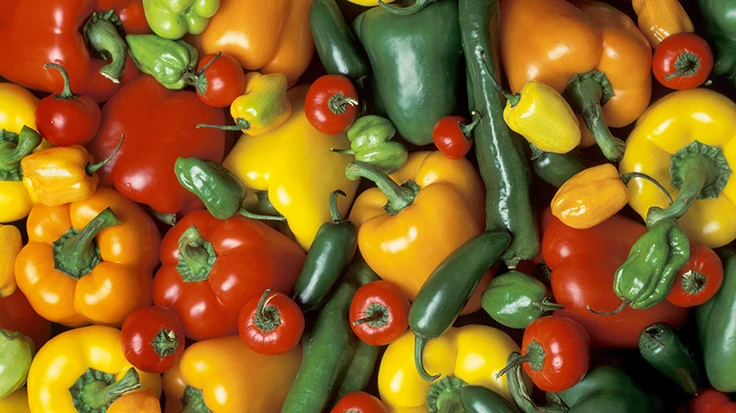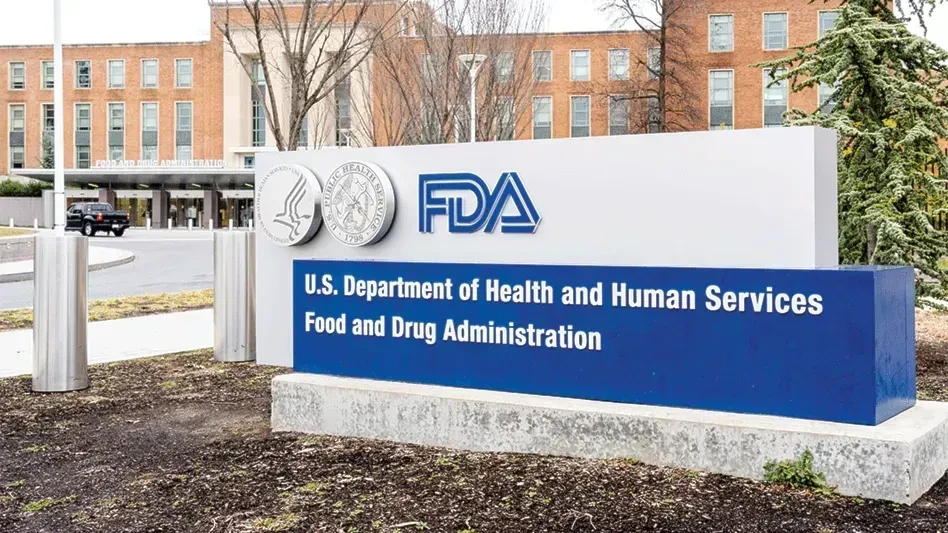
FDA has developed a new web resource to share more information about its sampling programs for food safety and posted new information on a more robust surveillance sampling approach under development. In addition, for fiscal year 2016, FDA will sample and test cucumbers and hot peppers under this program. The agency will publish information regarding test results on the web, including total number of samples collected/tested, and collection date, sample type, and pathogen detected for positive samples.
FDA began developing a new, more robust surveillance sampling approach in 2014. During the first year, the agency focused on sprouts, whole fresh avocados, and raw milk cheese (aged 60 days). FDA will release data on the recently completed surveillance sampling in the future. The goals of the surveillance sampling are to keep contaminated products from reaching consumers and to facilitate a greater understanding of hazards.
Preventing problems before they happen, rather than solely responding to outbreaks of foodborne illness, lies at the heart of the FDA Food Safety Modernization Act. To develop prevention-based systems, the agency and affected industries need data and other information to help identify hazards that need to be addressed to prevent contamination.
This approach to microbiological surveillance sampling involves collecting a statistically determined number of samples of targeted foods over 12 to 18 months to ensure a statistically valid amount of data is available for decision making. Collecting a larger number of samples allows FDA to assess the prevalence of pathogens and to determine if there are any common factors among the positive findings such as season, region, or whether the product was produced domestically or is imported.
For more information, see FDA's articles on:
- Sampling to Protect the Food Supply
- What to Expect When the FDA Collects Samples
- Microbiological Surveillance Sampling Overview
- Microbiological Surveillance Sampling: FY16 Commodities
Latest from Quality Assurance & Food Safety
- New Study Examines Kaempferol's Role in Taming Allergic Responses
- Will Bird Flu Be the End of Holiday Traditions Like Eggnog?
- FDA Cuts AFDO SAFHER Funding
- FSQAs Share Their Best Food Safety Tips for Santa
- 12 TAG Food Safety Consultants Named FSPCA PCHF Version 2 Lead Instructors
- FSIS Announces Stronger Measures to Protect Public from Listeria
- Eagle Product Inspection to Showcase X-ray Technology at IPPE 2025 Trade Show
- Dr. Al Baroudi: 'Food Safety Is Not Negotiable'





